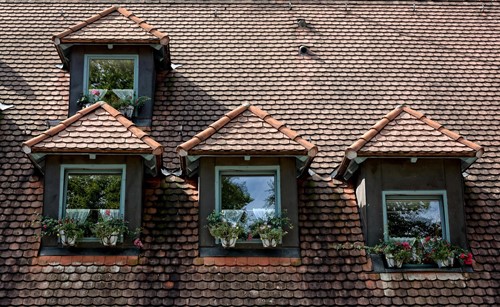
Informal and eclectic, the shingle house style has been around since the late 1800s. The original shingle homes were built into natural surroundings, and today maintain their comfortable yet rugged appeal.
With generously sized porches perfect for enjoying the afternoon shade, shingle homes evoke an idyllic connection with the natural world - regardless of their location.
If you’re interested in learning more about the shingle architectural style, here is a basic guide to help:
History of the shingle house style
The shingle home design originated in late 1800s New England and began as a popular style of seaside dwelling. Shingle houses got their name from their characteristic cedar shingle siding, which rejected the fancy fuss of the popular Victorian architecture trends of the time.
While shingles were mainly decorative accents in Victorian architecture, eventually American architects like Frank Lloyd Wright started to test the idea of using shingles as exterior siding to bring the style into the forefront. In the early 1900s, designers and architects further developed the style with neutral colors and complex, asymmetrical roof designs.
Features of the shingle house style
Shingle style homes have largely remained consistent since their inception in the late 1800s, and still feature generous application of wooden shingles for siding and roofs. A shingle house exterior design is typically asymmetrical, and the interiors often have open floor plans.
Much of the charm in shingle houses comes from irregularities in the rooflines, such as mismatched gables, cross-gables and multi-leveled eaves.
Most shingle style house plans have front porches, often built with stone supports or classical style columns. Windows are ample and vary in size and shape depending on the prevailing shapes of the home’s facade.
Like all architectural styles, the shingle style can be incorporated into any form of modern architecture. The style’s comfortable and informal celebration of nature is versatile enough to add a bit of practical charm to your dream home.
About the Author

Debbie Caldwell
When you first meet Debbie Harris-Caldwell, you are immediately drawn to her charming Welsh accent and the twinkle in her eye. The well-traveled transplant from Wales is quick to set you at ease and time spent with her promises to be time well spent.
Debbie has been a real estate agent for 40 years and takes great pride in her customer service skills. "I make myself available to my customers when they need me, whether it's on a Sunday Evening or after their long day at work. I make my schedule fit theirs. I also keep my customers updated on everything happening with their listings or purchase, I am their conduit for information." She has built a business following her key principles of clear communication, attention to detail, client advocacy, and comprehensive knowledge of the area. Debbie comes to every new transaction with positive energy, determination, a strong understanding of the currents driving the market, and the expertise that comes from a lifetime of experience. She knows the importance of marketing and whether a home is for sale for $200,000 or for $2 million, she always has professional photography done and creates a listing presentation that best shows off her customer's home.